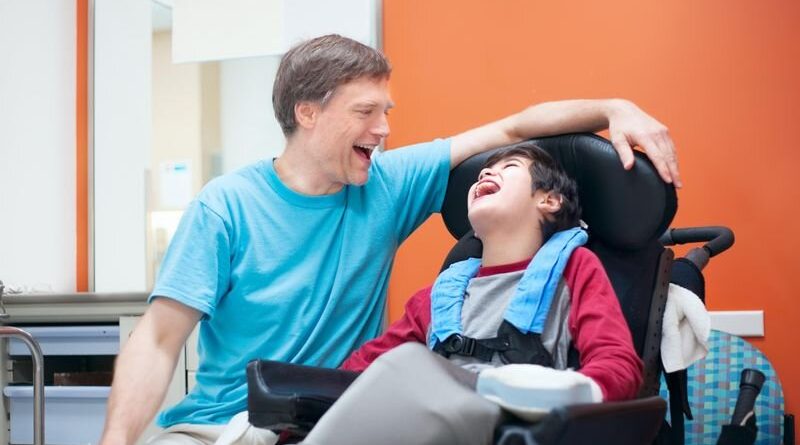Lower UTI dysfunction often not thoroughly evaluated in neurogenic bladder

For pediatric patients with neurogenic bladder (NGB), lower urinary tract dysfunction is often not thoroughly evaluated, according to a study recently published in the Journal of Clinical Medicine.
Takeya Kitta, M.D., Ph.D., from Asahikawa Medical University in Japan, and colleagues conducted a retrospective, observational study involving NGB patients aged ≤17 years over a 12-month follow-up period to clarify the current status of diagnosis and treatment of NGB. Data were included for 1,065 pediatric NGB patients; 38.9% had spina bifida.
Renal/bladder ultrasound was commonly performed (38.3%), while urodynamics was rarely used (3.0%). The researchers found that anticholinergics were the most frequently used of the overactive bladder medications (17.9% of patients) and most patients used these alone, without combination therapy. Overall, 9.3% of patients underwent clean intermittent catheterization (alone or in combination with medications); 3.9% were treated with medications concurrently. Lower urinary tract infection was the most common incident complication (18.1%), which was especially common for those with open spina bifida (54.1%).
“Overall, our study shows that in routine clinical practice, lower urinary tract dysfunction is not often assessed per the recommendations from the guidelines,” the authors write. “Without adequate evaluation, there is an increased risk of not appropriately identifying disease status, and therefore timely and appropriate treatment may not be provided.”
More information:
Takeya Kitta et al, Diagnosis and Treatment of Japanese Children with Neurogenic Bladder: Analysis of Data from a National Health Insurance Database, Journal of Clinical Medicine (2023). DOI: 10.3390/jcm12093191
2023 HealthDay. All rights reserved.
Source: Read Full Article
